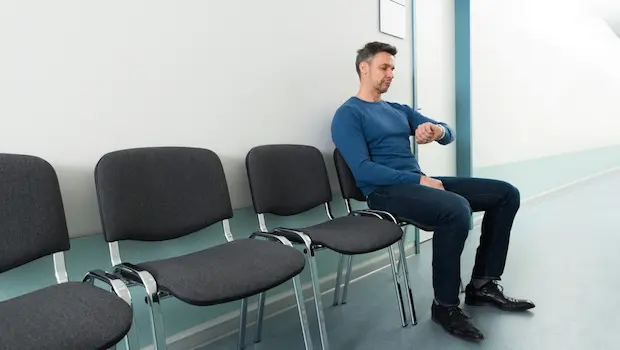The Whole Tooth
By Robert Kelly, DMD., For The Mountain Times
A few months ago I wrote about the demographic gender and age changes occurring in the dentist population of this country. It appeared that I belonged to a dwindling demographic for dentists myself – a Gen X male dentist!
Well, apparently, I may also be in another dental group that is becoming less common: a dentist in a privately-owned local family general dental practice who loves being a general family dentist!
There was an article in the Oregonian this week about the shortage of primary care physicians with the headline “Portland-area residents can’t find doctors, and they say it’s only getting worse.”
Coincidentally, there was an article last month in the Journal of Dental Education with the title “General Dentistry on Life Support: The Overspecialization of the Profession.”
In the post-pandemic world, the shocks to the health care system in the country have still not fully recovered and the shortages of staff and workers have not fully gotten back to normal even all these years later.
It appears in both dentistry and medicine: these shortages are extending or predicted to extend further, to primary care providers especially.
In the Oregonian article it found that a majority of people are having trouble finding a primary care physician after their doctor retires or leaves. This has consequences for patients, as they do not have consistent care with the same doctor who knows their health history the best. Some are waiting months to find a doctor, and even those with a primary care doctor sometimes have to wait months to get an appointment.
The problem may not be as acute in the dental world right now, but this recent article predicts that general dentists will also be in short supply in the future because so many dental students are now entering specialized fields such as orthodontics, oral surgery, endodontics, and periodontics. What this will lead to is the same problem as in medicine, with a lack of quality, routine primary care by the same provider. When this happens, it could make routine care more expensive, more inconvenient, and less comfortable, as you lose the ongoing close, personal patient relationships that develop over time between providers and patients.
One reason the articles suggested for this phenomenon in the medical and dental worlds is that family and general practice providers take on heavy student debt, have increasingly unmanageable workloads, and earn significantly less than specialists. Recent studies have shown that less than 9% of internal medicine residents pursue primary care careers, which is exacerbating the shortage. Time consuming administrative and electronic record keeping duties have increased significantly as well, putting a strain on primary care doctors, crowding in on the time they actually see patients in the clinic. There is a lot more burnout now for primary care providers, and this unfortunately leads to many of them leaving the field for something else or retiring earlier.
This problem has been around for a while, but only now is it really reaching a threshold where the public is beginning to feel it. Hopefully, public health experts can come together and garner some success with policies, public opinion and legislation to improve this situation, before people are forced to wait for an unacceptable amount of time for an appointment, or to rely on urgent care and emergency rooms for all their care.
I have personally been very happy as a general and family dentist in the community – it suits my professional interests and my personality best. I love having an established relationship with patients over years and I love the variety of procedures and situations that I face vs. just specializing in one aspect of dentistry. Hopefully, there will be a bigger group of people in the future that think and feel that way too!



